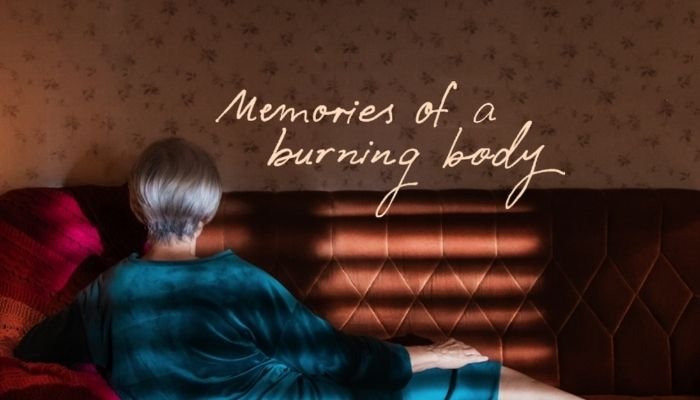
The parameters of her film set are revealed by Antonella Sudasassi Furniss at the outset of “Memories of a Burning Body,” taking lead Sol Carabello into one room for makeup and another with a gaffer arranging lights for a scene. Rather than accepting the film artifice or setting up its premise, it seems to plant the idea that there might be certain limitations as to what one particular life can be, with Sudasassi Furniss’ decision not to leave the room during the entire film reflecting something that would perhaps be too much on the nose if expressed directly. The story revolves around three wise old women roughly about 70 years old who were asked how they came to know about sex in societies where speaking about sex was considered taboo.
Even now, these women remain behind the scenes throughout Sudasassi Furniss’ entirely audacious yet only intermittently engaging sophomore feature, having given audio interviews to director regarding their lives as their cloistered coming-of-age is portrayed on screen.
In this way, the filmmaker creates a challenge for the viewers to locate their own vulnerabilities in their sexual desires and violence by women which has also been faced by directors such as Anna Hints who made “Smoke Sauna Sisterhood” where she turned it into a spa as an interesting forum to ventilate related thoughts on hidden desires and marginalization. Also, Sudasassi Furniss took an innovative approach wherein she followed around one anonymous woman throughout her flat since she was young (played by Carballo, Paulina Bernini and Juliana Filloy at different stages of her life) but still mostly occupied with routine household tasks. Furthermore, the interviews reveal Furniss’ absurd touches that make these women’s lives seem much richer than the society expects them.
One shocking sight that we will describe in the next paragraph is one woman, who has had an upbringing on a farm, chasing chickens from her study room. Someone remembers his or her first kiss because there is a door, and another room which they are currently in, as both of these examples show. But flights of fancy within the same space effectively remind one of how their experience has been limited to such strict borders as these women dreadfully remember panicking over their first period at school without education about it earlier than that time by their Catholic schools where they went for education and other sexual experiences where the pleasure was not even part of it rather than being used to get pregnant only.
Ironically, “Memories of a Burning Body” could have benefited from having a better organization that would clarify what it resists. The author of “Time as a Bubble,” seems to think so too based on how Sudasassi Furniss structured her interviewees’ accounts.
As gripping as they may be in their own right because of the frankness of the subjects towards accepting their limited roles as wives and mothers, it is a movie that often gains some momentum but which appears disjointed when the chat moves from one side to another.
Nonetheless, Sudasassi Furniss’ “Memories of a Burning Body” does have what it takes to be affecting when she efficiently converts most of the other obstacles presented by this delicate matter into strengths. The way traditional narratives would usually depict such acts of cruelty as marital rape could potentially be too much for its readers if acted out visually; instead, by focusing on sound, the women’s sad acceptance becomes more important than shock. There are also instances where she lets out her interviewees’ laughter which is surprising at how well they were able to accomplish something or show what made them survive. Although their homes may have been devoid of intimacy, all these suppressed feelings came pouring forth through Furniss’ film.
For more movies like Memories of a Burning Body 2024 visit on solarmovie







